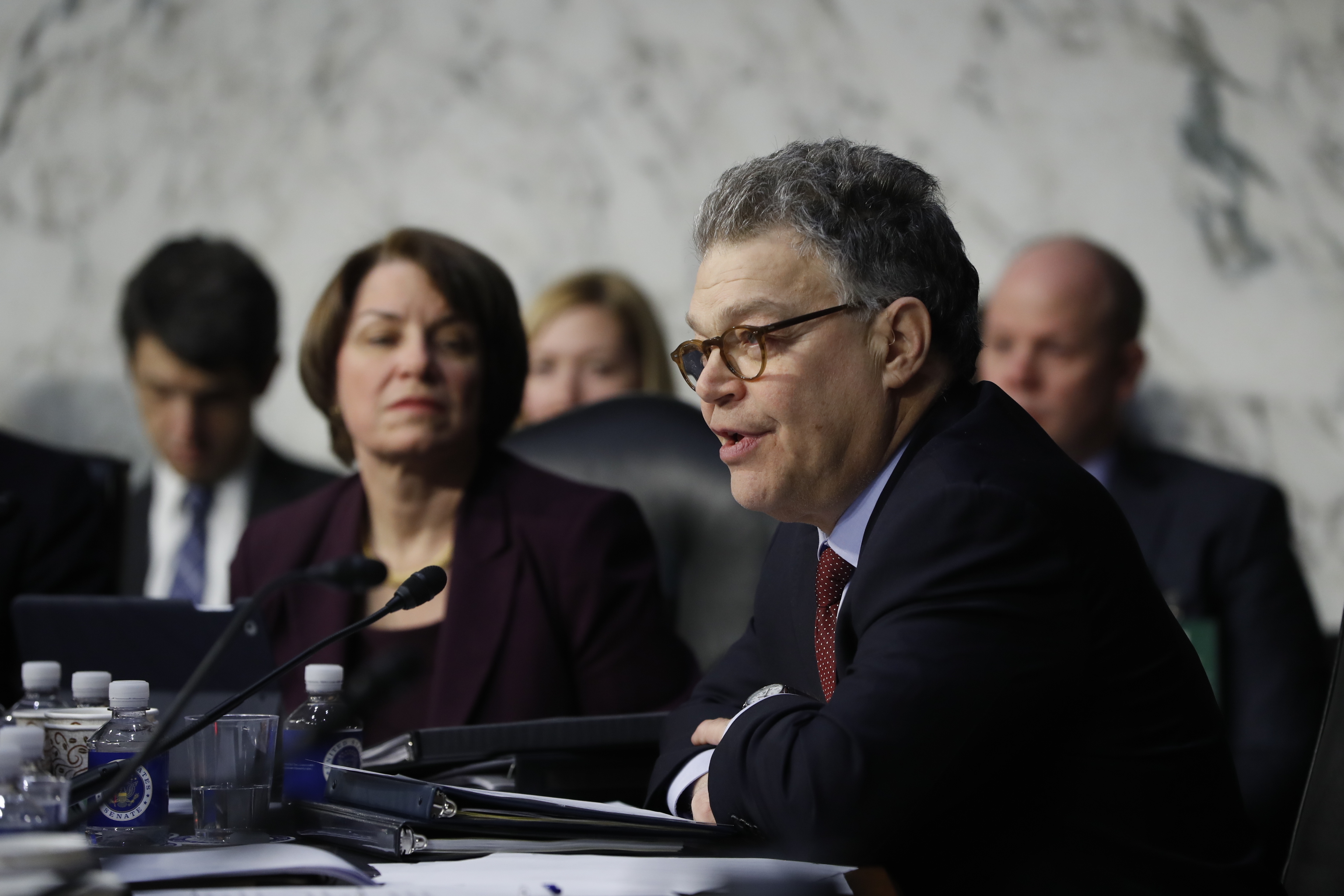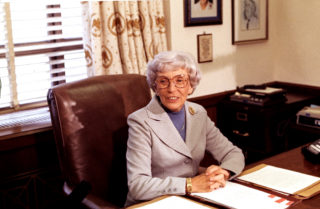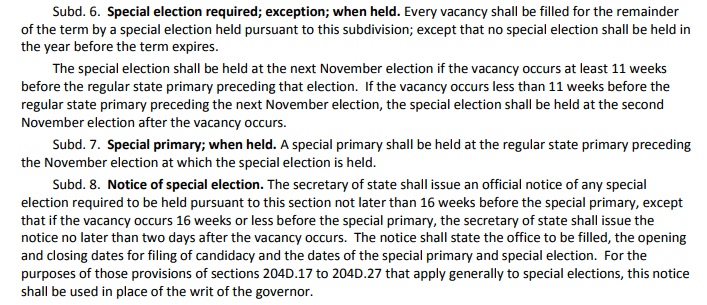
Not surprisingly, because politics never takes a break, there’s already speculation about whom will replace DFL U.S. Sen. Al Franken if he resigns following Thursday’s allegations that he sexually harassed a woman during a USO tour.
So let’s review the Senate rules and let the speculation continue.
If a vacancy occurs due to a senator’s death, resignation, or expulsion, the Seventeenth Amendment allows state legislatures to empower the governor to appoint a replacement to complete the term or to hold office until a special election can take place.
There are a few exceptions to this rule. Some states require a special election to fill a vacancy. A few states require the governor to appoint a replacement of the same political party as the previous incumbent.
The date when a senator appointed to fill a vacancy is succeeded by a senator elected to fill the remainder of the term depends on a number of factors.
The last time a Minnesota senator was replaced under the 17th Amendment was when Sen. Paul Wellstone was killed and then-Gov. Jesse Ventura appointed his Minnesota Reform Party ally Dean Barkley to the unexpired term. Barkley served only two months because a regular Senate election was already scheduled at the time of Wellstone’s death, an election won by Norm Coleman.

Prior to that, Muriel Humphrey finished the unexpired term of her husband, Hubert, when he died in January 1978. Gov. Rudy Perpich selected her for the position.
At the time, she didn’t commit to running for the seat in the election later that year. Ultimately she decided not to seek the DFL nomination in a special election and the seat eventually went Republican when Dave Durenberger beat Bob Short in a special election.
At the same time, Rudy Boschwitz beat Wendell Anderson for the state’s other Senate seat. That seat was vacated with the election of Walter Mondale as vice president in 1976. Anderson resigned as governor in a deal that would see lieutenant governor Rudy Perpich ascend to the governor’s job and appoint Anderson to fill Mondale’s term.
Under Minnesota law, a special election is required to fill a U.S. Senate seat the next November election if the vacancy occurs at least 11 weeks before the regular state primary preceding that election. That would be Aug. 14, 2018.
If the vacancy occurs less than 11 weeks before the regular state primary preceding the next November election, the special election shall be held at the second November election after the vacancy occurs.
If a hypothetical Franken resignation were to occur anytime before June 29, Gov. Mark Dayton would appoint someone to succeed Franken until voters decide a replacement, presumably, at the November election.
That would certainly rejigger the current race for governor, as some candidates might decide to switch to a U.S. Senate campaign, and it would put Gov. Dayton in the position of deciding whether to appoint a DFL candidate for the office in a bid to give him or her a boost in the election, or appoint a safer candidate and let the voters fully decide. (The DFL convention, by the way, is next June 1-3)
It also disrupts the mid-term congressional races in Minnesota because the mostly likely Senate candidates are usually people already in Congress. If Franken were to wait until after next June to resign, voters wouldn’t choose a successor until November 2019.
Politics is a tough game and Franken is spilling blood in its water right now. It’s a fair bet that sharks in both parties are moving toward it just in case.

